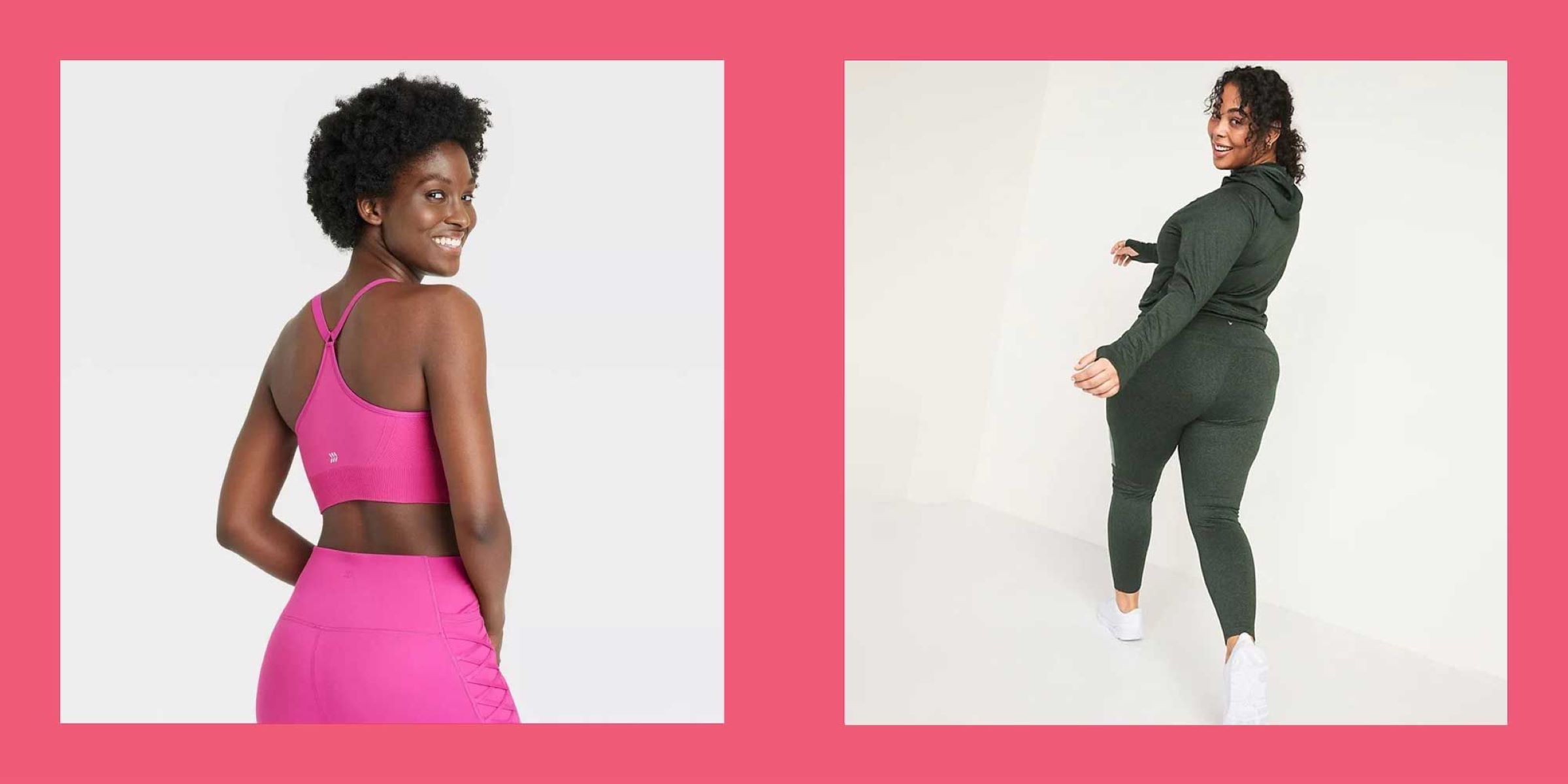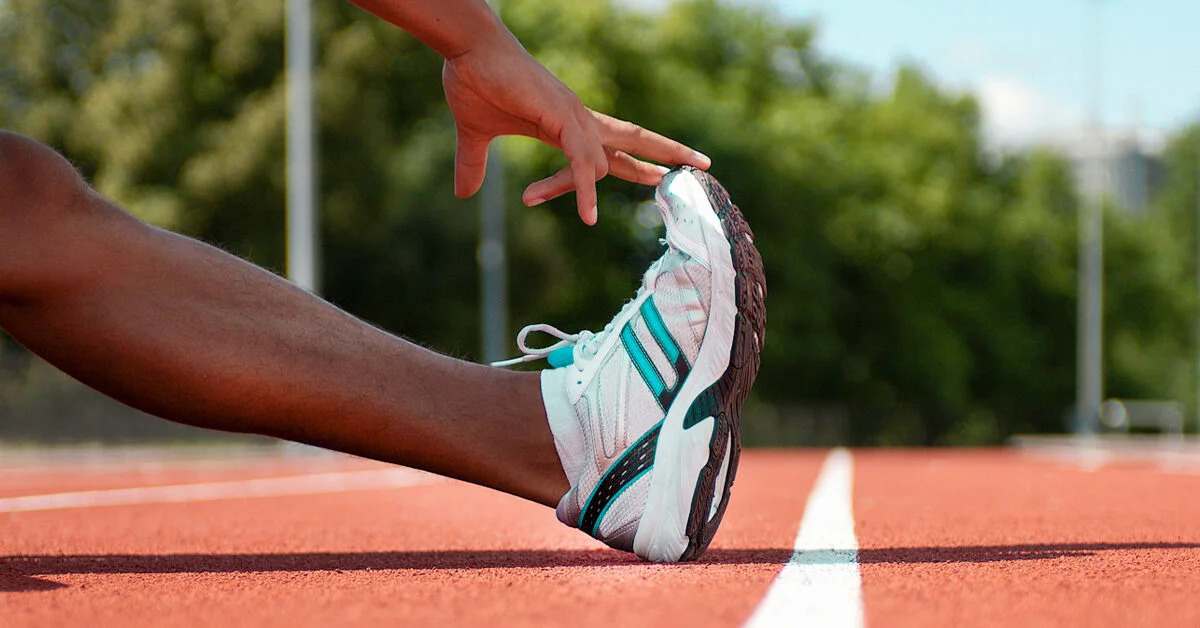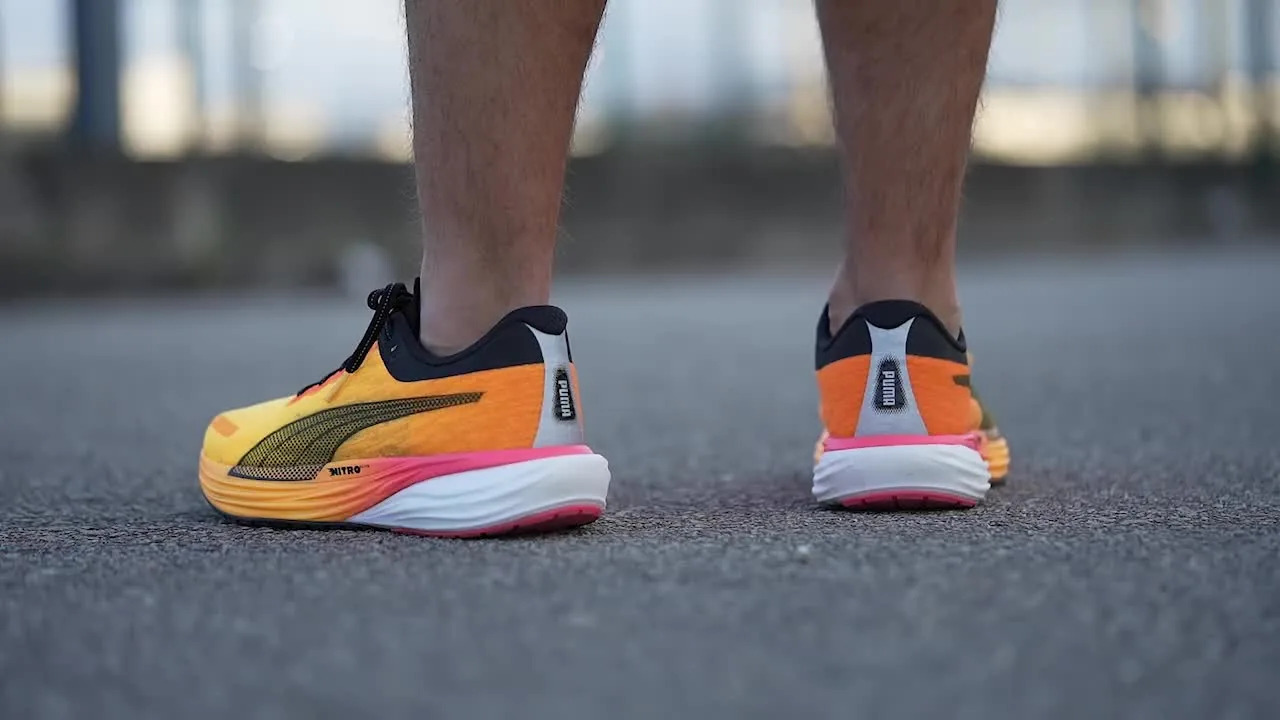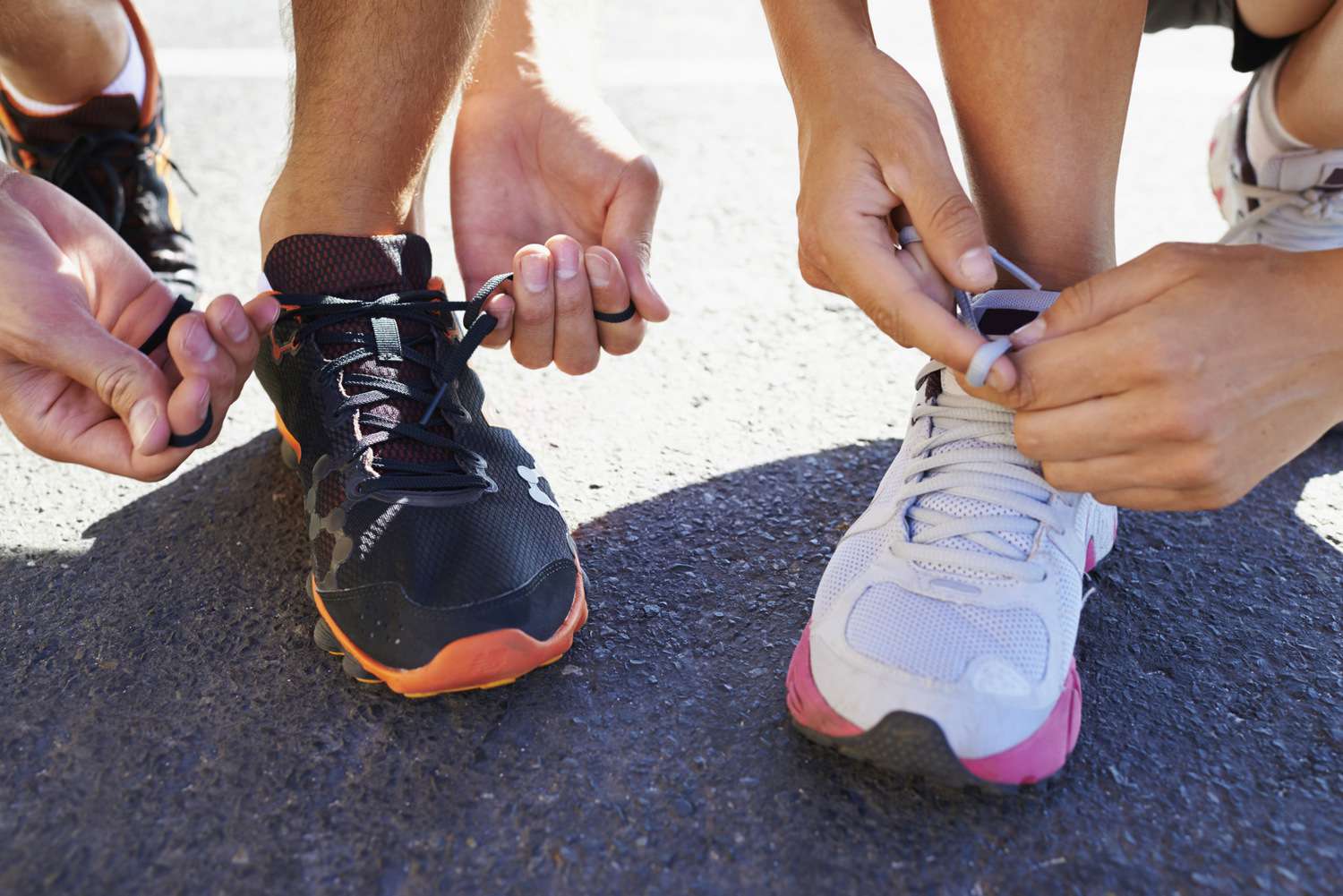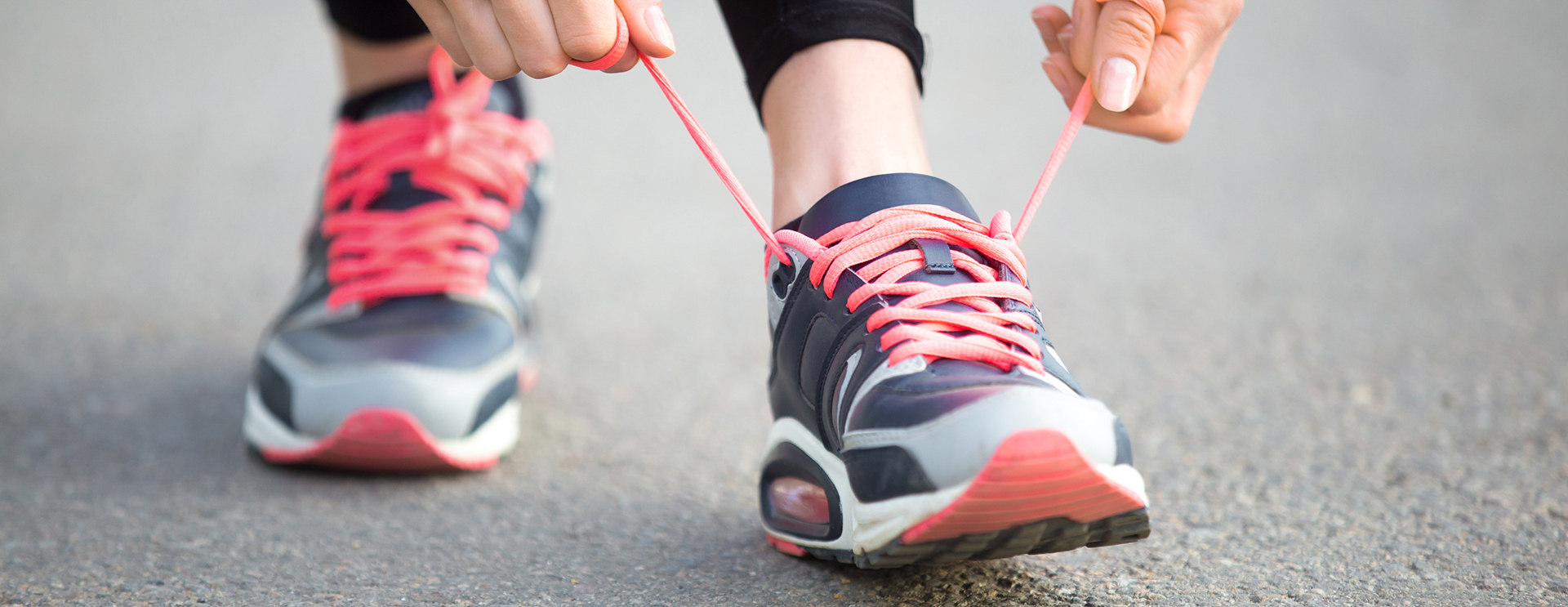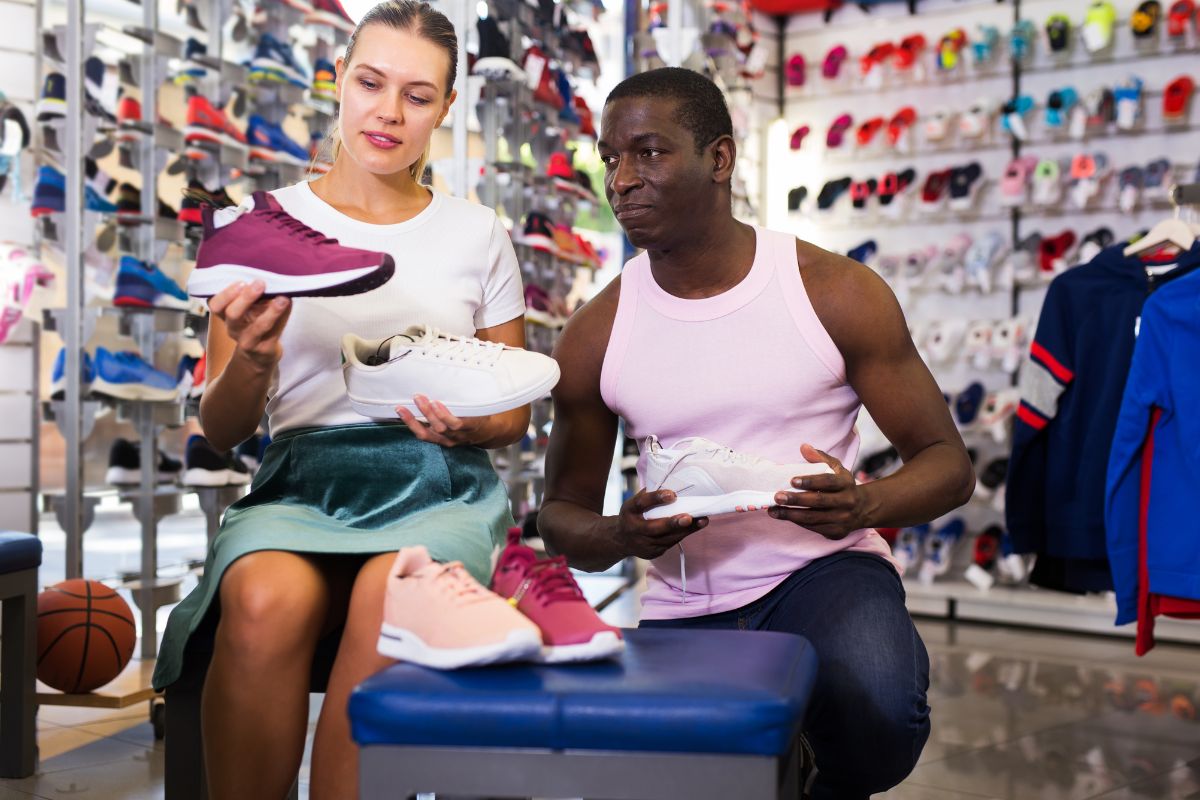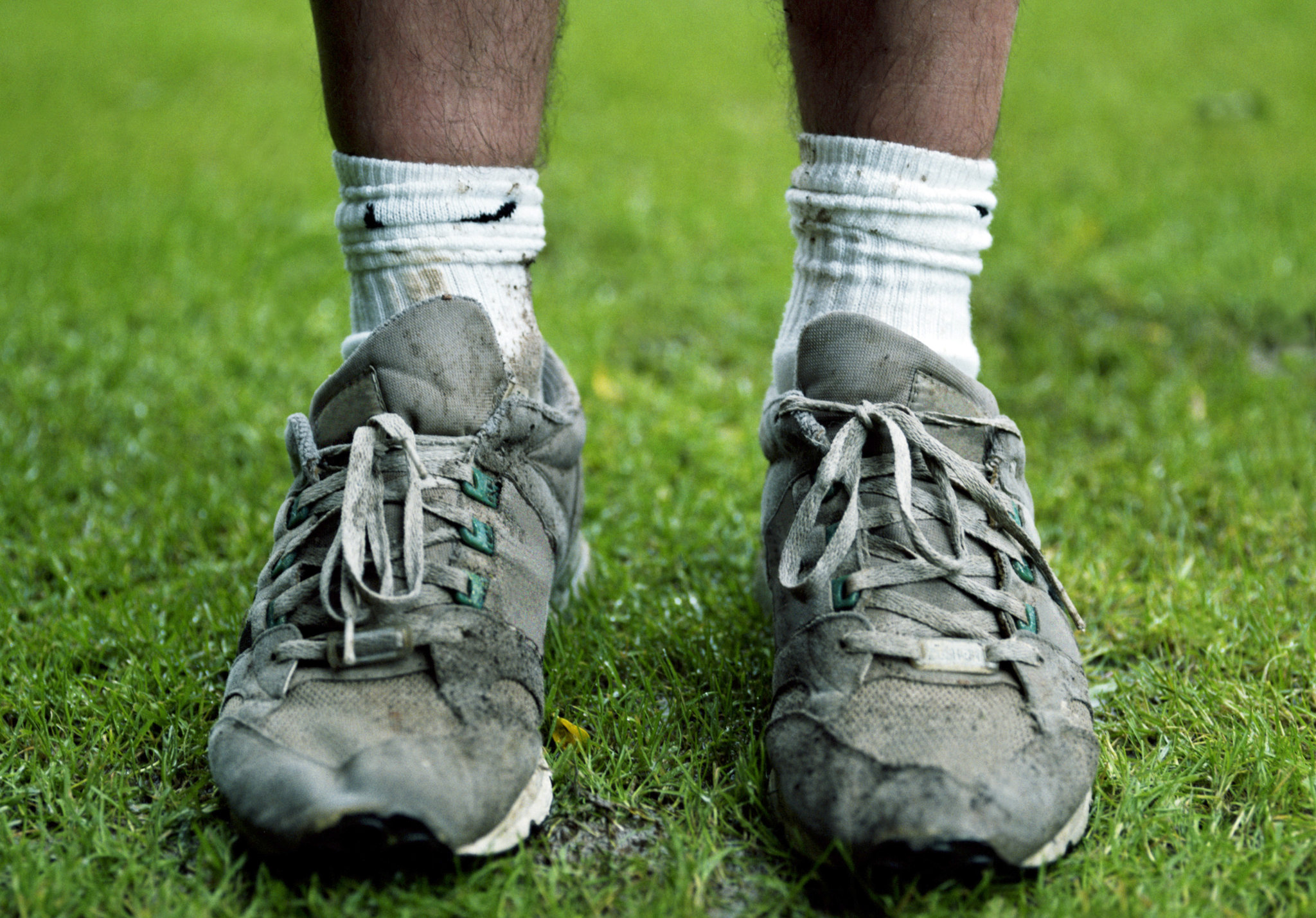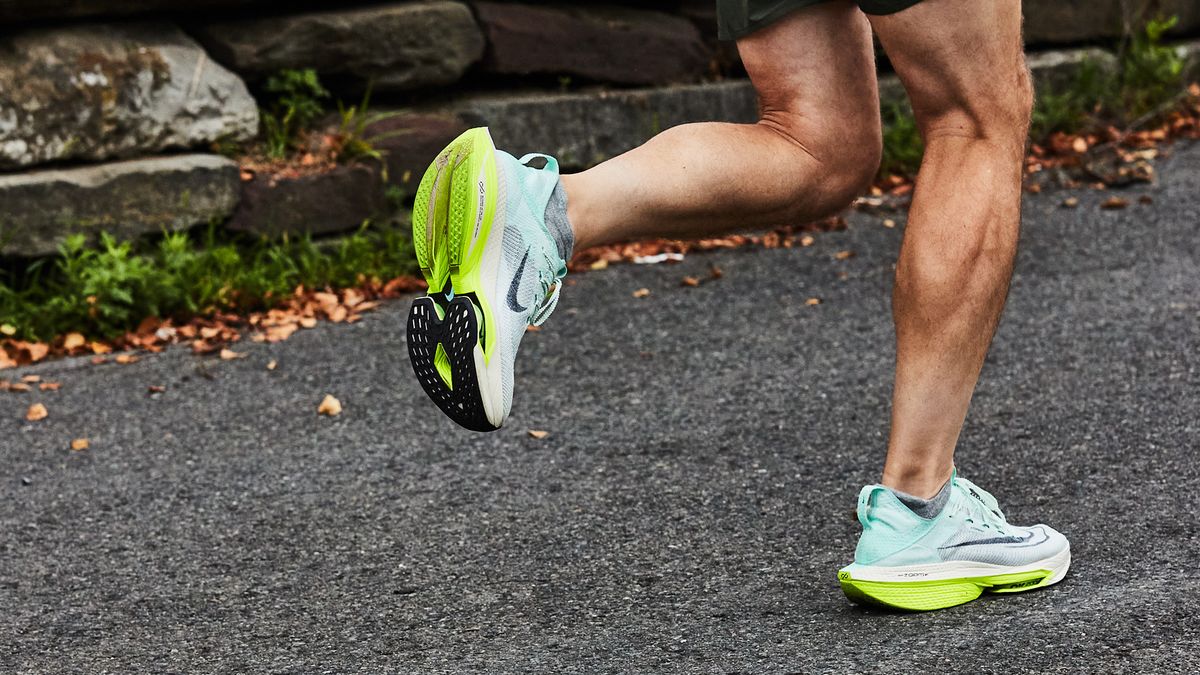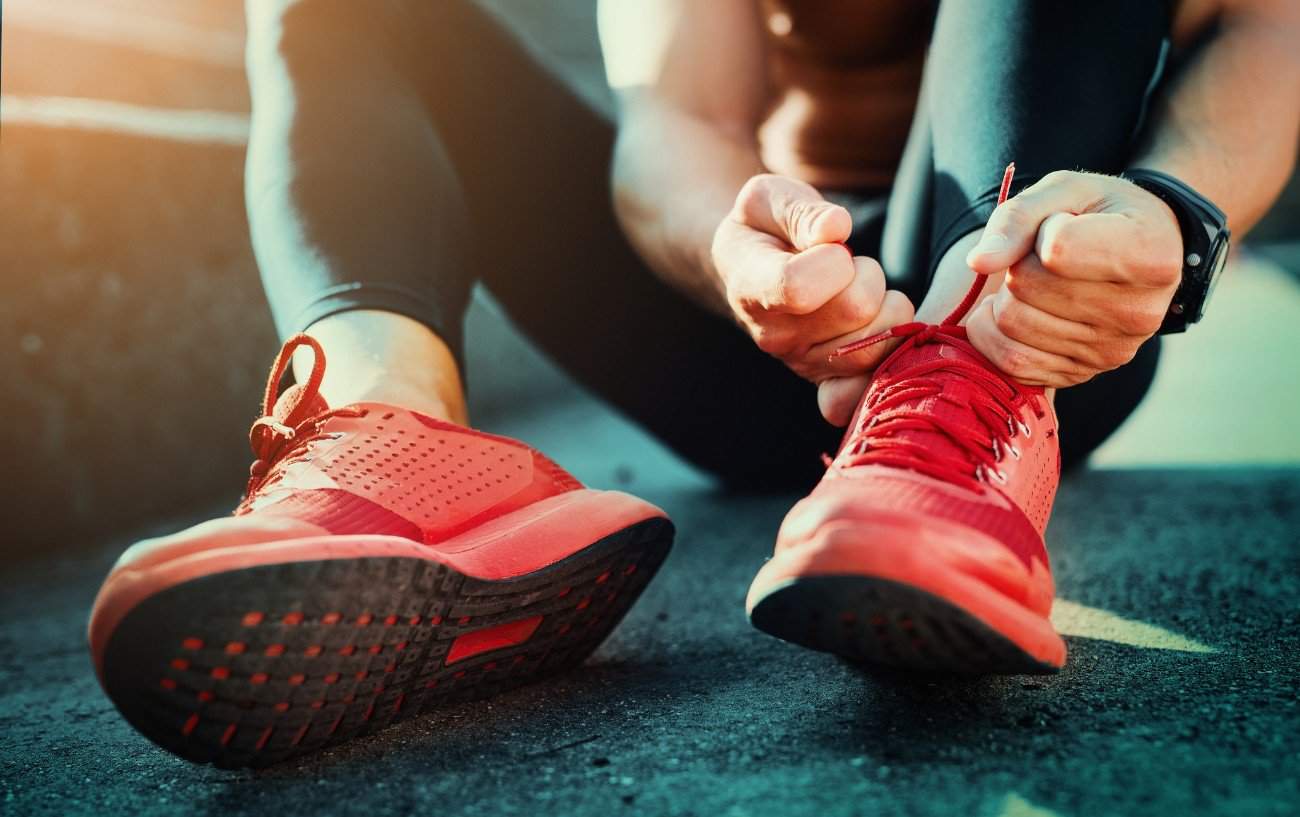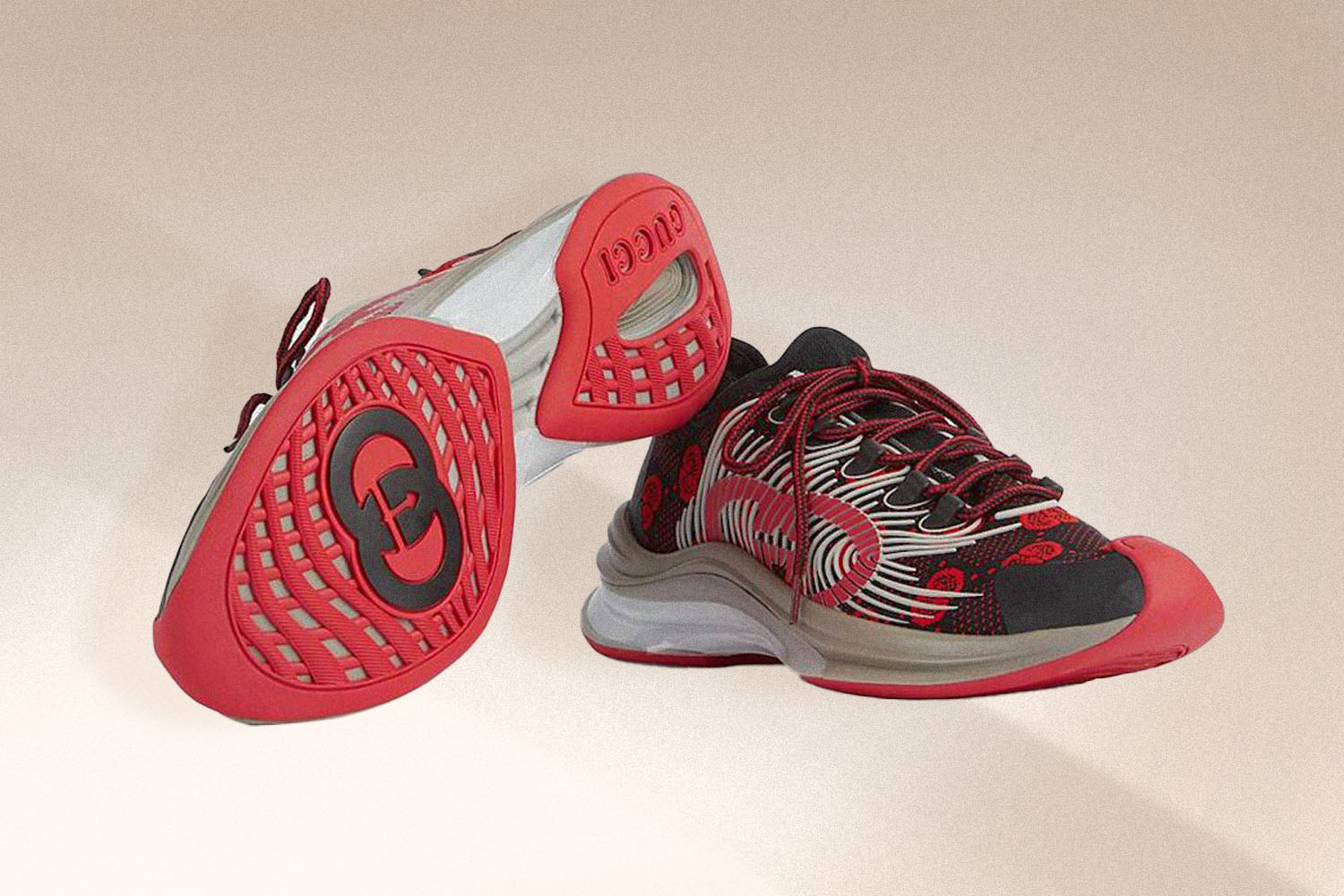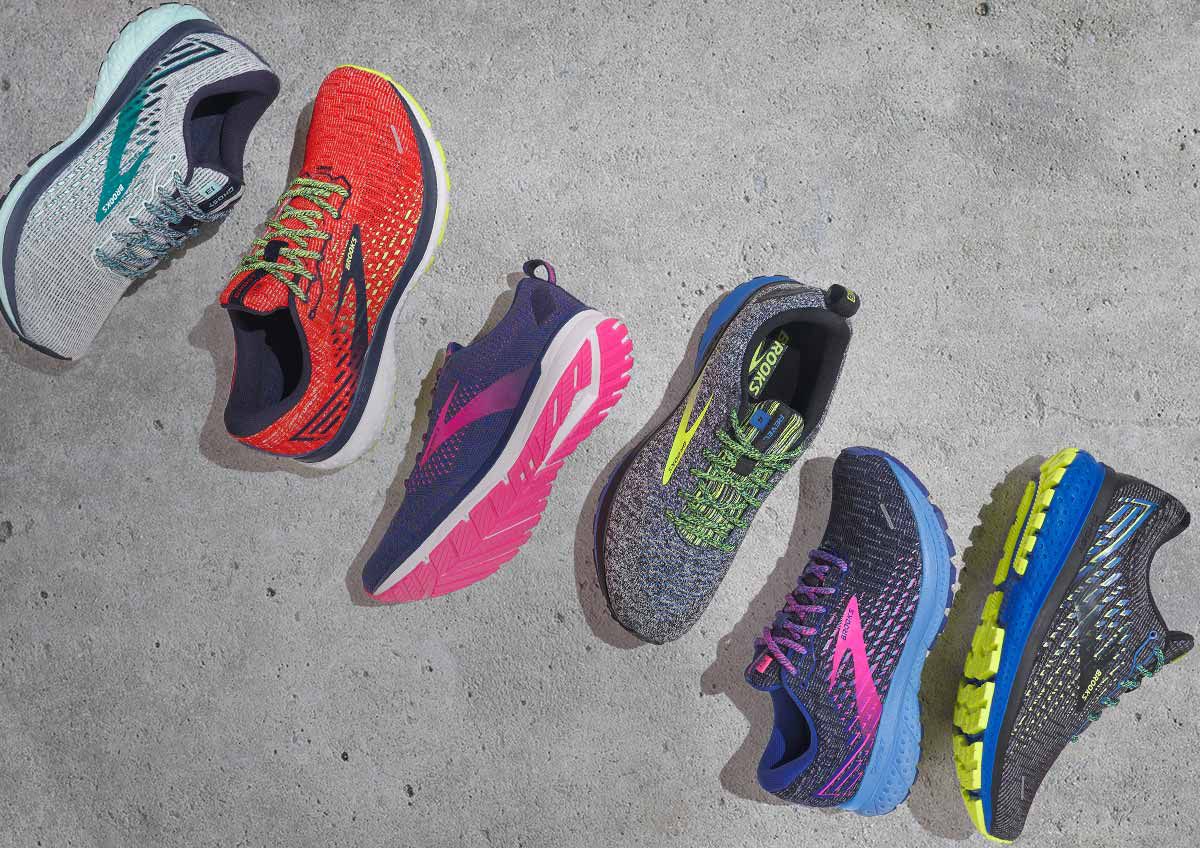

Featured
How Many Running Shoes Should You Have
Modified: August 22, 2023
Discover how many running shoes you should have in your collection. Find out expert recommendations and make sure you stay featured on the track.
Introduction
When it comes to running, having the right footwear is crucial for performance, comfort, and injury prevention. Many avid runners wonder how many pairs of running shoes they should have in their collection. Should they stick to just one reliable pair, or is it beneficial to own multiple pairs for different purposes?
The answer to that question is not so simple. There are several factors to consider when determining the number of running shoes to own, including your running frequency, the terrain you typically run on, and your budget. In this article, we will explore the importance of having multiple running shoes, the benefits of owning multiple pairs, how to select the right types of shoes for different terrains, and when it’s time to replace your running shoes.
By expanding your running shoe collection and understanding how to rotate between them, you can improve your overall running experience and minimize the risk of overuse injuries. So, let’s dive in and explore the fascinating world of multiple running shoes.
The Importance of Having Multiple Running Shoes
When it comes to running, having multiple pairs of running shoes is not just a luxury but a necessity. Each pair of running shoes is designed to cater to different needs and provide specific benefits. By rotating between different pairs, you can mitigate the risk of overuse injuries, improve performance, and enhance overall running experience.
One of the primary reasons to own multiple running shoes is to give your feet a break. Running puts a lot of stress on your feet, and wearing the same pair of shoes day in and day out can lead to repetitive strain injuries. By alternating between different pairs with varying cushioning, support, and stability features, you give your feet a chance to recover and adapt to different forms of support.
Furthermore, different types of running shoes cater to different terrains. If you only run on pavement, then a neutral shoe with ample cushioning may be suitable. However, if you frequently hit the trails, investing in a pair of trail running shoes with aggressive treads and enhanced stability can greatly improve your performance and reduce the risk of slips and falls.
Another aspect to consider is the weather conditions you often run in. If you frequently tackle wet and rainy conditions, having a pair of waterproof running shoes can help keep your feet dry and comfortable. On the other hand, if you run in hot and humid weather, owning a pair of lightweight and breathable shoes can prevent excessive sweating and discomfort.
In addition to increasing comfort and reducing the risk of injuries, having multiple running shoes can also prolong the lifespan of each pair. Running shoes experience wear and tear over time, especially the midsole cushioning which tends to compress with repeated use. By rotating between multiple pairs, you can distribute the impact and extend the life of each individual shoe, saving you money in the long run.
In summary, owning multiple pairs of running shoes is essential for maintaining optimal foot health, improving performance, and extending the lifespan of your shoes. By rotating between different pairs based on terrain, weather conditions, and personal preference, you can prevent overuse injuries, enhance overall running experience, and make your feet happy.
Factors to Consider When Determining the Number of Running Shoes
Deciding how many pairs of running shoes to own can be a personal choice, but there are several important factors to consider when determining the optimal number for your needs. By taking these factors into account, you can ensure that you have the right number of shoes to support your running routine and preferences.
Running Frequency: The frequency at which you run is a key factor in determining the number of running shoes you should own. If you’re a dedicated runner who hits the road or trail several times a week, you may need more than one pair of shoes. This allows you to rotate between them and give each pair time to decompress and regain their cushioning and support. On the other hand, if you only run occasionally or for recreational purposes, one pair of running shoes may suffice.
Running Distance: The distance you typically run also plays a role in determining the number of running shoes you should have. Long-distance runners who log high mileage each week may benefit from having multiple pairs, as this can help distribute the wear and tear across different shoes. This can prolong the life of each pair and minimize the risk of injuries that can arise from using worn-out shoes.
Terrain: Consider the type of terrain you usually run on. If you primarily stick to pavement, having one pair of road running shoes may be sufficient. However, if you frequently venture onto trails or uneven surfaces, it’s advisable to invest in a pair of trail running shoes. These shoes have specific features like aggressive treads and enhanced stability to provide better traction and protection on rugged terrains.
Weather Conditions: The weather conditions in which you run can also impact your shoe selection. If you run in various types of weather, having shoes that cater to specific conditions can greatly enhance your comfort and performance. For example, if you frequently run in wet or rainy conditions, having a pair of waterproof shoes can keep your feet dry and prevent discomfort. Similarly, if you run in hot and humid climates, owning lightweight and breathable shoes can help prevent excessive sweating and discomfort.
Purpose: Additionally, consider the purpose of your runs. Are you training for a race or participating in different types of running activities? If so, having specialized shoes for specific needs, such as speed training, long-distance running, or cross-training, can provide better support and improve your performance in each activity.
Budget: Finally, consider your budget when determining the number of running shoes to own. Running shoes can be a significant investment, so it’s important to find a balance between quality and affordability. If you’re on a tight budget, prioritize purchasing at least two pairs of shoes that can cover your primary running needs, such as a pair for road running and another for trail running. You can always expand your collection later as your budget allows.
By considering factors such as running frequency, distance, terrain, weather conditions, purpose, and budget, you can determine the optimal number of running shoes to meet your needs. Remember, having multiple pairs can provide better support, prevent injuries, and enhance your overall running experience.
Benefits of Owning Multiple Running Shoes
There are several compelling benefits to owning multiple pairs of running shoes. While it may seem excessive to some, having a variety of running shoes can greatly enhance your running experience and overall performance. Let’s explore the advantages of expanding your running shoe collection.
Injury Prevention: One of the primary benefits of owning multiple running shoes is reducing the risk of overuse injuries. Each pair of shoes offers different levels of cushioning, stability, and support. By rotating between different pairs, you give your feet a chance to experience different forms of support, reducing the strain on specific areas and minimizing the risk of repetitive stress injuries.
Improved Performance: Having multiple pairs of running shoes can also enhance your performance. Different shoes are designed with specific features that cater to different running styles and terrains. For instance, lightweight racing shoes can optimize speed, while trail running shoes offer superior traction and stability on uneven terrains. By selecting the appropriate pair for each run, you can maximize your performance and achieve better results.
Enhanced Comfort: Comfort is paramount when it comes to running shoes. Owning multiple pairs allows you to choose the most comfortable pair for your specific needs. Perhaps you prefer more cushioning on longer runs or a lightweight and breathable option for hot weather. Having choices ensures that you can run in shoes that provide the best fit and comfort for each specific situation.
Extended Shoe Lifespan: Rotating between different pairs of running shoes can extend their lifespan. Running shoes experience wear and tear over time, with the midsole cushioning being the most affected component. By alternating between multiple pairs, you distribute the impact and allow the cushioning to recover, thereby extending the life of each individual shoe. This can save you money in the long run as you won’t need to replace your shoes as frequently.
Adaptation to Various Terrains: If you enjoy running on different terrains, owning multiple pairs of running shoes is essential. Each terrain requires different features and support from a shoe. For example, road running shoes are designed for smooth, hard surfaces, while trail running shoes offer greater durability and protection on uneven and rugged paths. By having the right shoe for each terrain, you can run with confidence and minimize the risk of slips, falls, and injuries.
Convenience and Versatility: Owning multiple running shoes provides convenience and versatility. You can have specific shoes dedicated to certain activities, like track workouts, long runs, or gym sessions. This eliminates the need to switch out insoles or make adjustments to a single pair of shoes constantly. It also allows you to adapt to changing weather conditions or running goals with ease.
Personal Style and Expression: Lastly, owning multiple pairs of running shoes allows you to express your personal style and preferences. Running shoe brands offer a wide range of designs, colors, and customization options, allowing you to choose shoes that reflect your personality and make a statement while you conquer the miles.
In summary, owning multiple running shoes brings several benefits, including injury prevention, improved performance, enhanced comfort, extended shoe lifespan, adaptation to different terrains, convenience, and personal style. By investing in a selection of running shoes that cater to your specific needs, you can take your running experience to the next level and enjoy the many advantages these shoes provide.
Finding the Right Type of Running Shoes for Different Terrains
Running on different terrains requires specific types of running shoes to ensure optimal comfort, stability, and performance. Let’s explore the different types of running shoes available and how to select the right pair for various terrain conditions.
Road Running Shoes: Road running shoes are designed for running on paved surfaces such as roads and sidewalks. They typically have a lightweight construction, ample cushioning, and a smooth outsole. These shoes prioritize shock absorption and provide a good balance of flexibility and support. They are suitable for runners who predominantly run on smooth surfaces.
Trail Running Shoes: Trail running shoes are specifically designed for off-road running on trails, uneven terrains, and rocky surfaces. They feature a rugged outsole with aggressive tread patterns to ensure optimal traction and stability. They also offer enhanced protection and durability, with features like reinforced toe caps and rock plates. These shoes have added stability and support to handle the unpredictable nature of trail running.
Track Spike Shoes: Track spike shoes are designed for competitive track and field events. They feature a lightweight design, minimal cushioning, and metal spikes on the forefoot for maximum grip and propulsion. These shoes are optimized for speed and provide excellent traction on synthetic tracks, making them ideal for sprinters and middle-distance runners.
Minimalist Running Shoes: Minimalist running shoes, also known as barefoot shoes, provide a minimalist and close-to-the-ground feel. These shoes have a low-profile design with minimal cushioning and a flexible sole. They aim to mimic barefoot running and promote a natural running stride. They are best suited for experienced runners with good running form and a gradual transition to minimalist footwear.
Stability Running Shoes: Stability running shoes are designed for runners who need additional support to correct overpronation, where the foot rolls inward excessively. They feature a supportive midsole and a structured design to provide stability and control excessive motion. These shoes ensure proper alignment and prevent injuries for runners with pronation issues.
Neutral Running Shoes: Neutral running shoes are suitable for runners with a neutral foot strike and no significant pronation issues. They provide a good balance of cushioning and flexibility and are designed to offer a smooth and responsive ride. These shoes are versatile and generally suitable for most runners, especially those with a neutral gait.
When selecting the right type of running shoes for different terrains, consider the following factors:
Terrain Type: Identify the primary type of terrain you will be running on. If you mostly run on roads and pavements, road running shoes are the obvious choice. If you frequently venture onto trails, invest in a pair of trail running shoes with enhanced traction and durability.
Features: Consider the specific features you require for your running style and preferences. Factors such as cushioning level, shoe flexibility, stability, and pronation control should align with your individual needs and foot characteristics.
Fit: Ensure that the shoes fit properly. Fit is crucial in preventing discomfort and injuries. Look for a shoe with enough room in the toe box, a secure midfoot fit, and adequate ankle support.
Trial and Error: Ultimately, finding the right pair of running shoes for different terrains may involve some trial and error. Don’t hesitate to try on different brands and models to see which ones provide the best fit, comfort, and performance for your specific needs.
By selecting the right type of running shoes for different terrains and considering factors such as terrain type, features, fit, and personal preferences, you can ensure a more enjoyable and successful running experience.
How to Rotate Between Multiple Running Shoes
Once you’ve built a collection of multiple running shoes, it’s important to learn how to effectively rotate between them. Proper rotation ensures that each pair maintains its cushioning, support, and longevity, while also allowing your feet to experience different levels of comfort and protection. Here are some tips on how to rotate between multiple running shoes:
Assign Specific Pairs: Designate each pair of running shoes for a specific purpose or terrain type. For example, reserve one pair for road running, another for trail running, and a different pair for track workouts. This way, you can optimize each pair’s performance based on their intended use.
Create a Rotation Schedule: If you have several pairs of running shoes, develop a rotation schedule that spreads out the usage evenly. This helps prevent uneven wear and extends the lifespan of each pair. For instance, you could rotate between shoes every few runs or on a weekly basis.
Consider the Miles: Pay attention to the mileage you accumulate on each pair of shoes. Some running shoes have a suggested shelf life based on the total miles covered. As you rotate between pairs, keep track of the distance you run in each shoe to ensure you retire them at the appropriate time.
Understand the Cushioning: Different running shoes provide varying levels of cushioning. By rotating between shoes with different cushioning characteristics, you allow your feet to experience different levels of support and impact absorption. This can help prevent overuse injuries and keep your feet feeling fresh for longer runs.
Consider the Terrain: Adjust your shoe rotation based on the terrain you plan to run on. If you have a specific trail running shoe, use it only for off-road excursions. On days when you run on pavement or other smooth surfaces, opt for a road running shoe. This targeted approach can prolong the life of each shoe and optimize performance for different terrains.
Notice Different Shoe Features: Each pair of running shoes may have unique features that provide specific benefits. For example, one pair may offer greater stability, while another offers more cushioning. By rotating between shoes with different features, you can address your specific running needs, such as speed training, long-distance running, or recovery runs.
Pay Attention to Comfort: Listen to your body and how your feet feel in each pair of shoes. If you notice discomfort or any signs of wear and tear, it may be time to replace or retire that particular pair. Regularly assess the condition of your shoes and prioritize comfort to ensure the best running experience.
Experiment and Adapt: The rotation of your running shoes may require some experimentation and adaptation. Take note of how each pair feels during and after your runs. You may find that certain shoes work better for specific distances or terrains. Be willing to adjust your rotation schedule and shoe selection based on individual experiences and preferences.
By implementing a rotation strategy that considers specific purposes, mileage, cushioning, terrain, and individual comfort, you can optimize the benefits of owning multiple pairs of running shoes. Enjoy the versatility and improved running experience that comes with rotating between your collection of running shoes.
Knowing When to Replace Your Running Shoes
Running shoes are not meant to last forever, and knowing when to replace them is essential for maintaining optimal performance, comfort, and injury prevention. As a general rule of thumb, most running shoes have a lifespan of around 300-500 miles, but individual factors such as running style, body weight, terrain, and shoe type can impact their durability. Here are some key signs to watch for when determining if it’s time to replace your running shoes:
Worn-out Outsole: Examine the outsole of your running shoes. If you notice significant wear patterns, loss of tread, or smooth areas, it’s a clear indication that the shoes have been used extensively. A worn-out outsole can compromise traction and grip, potentially leading to slips or falls.
Reduced Cushioning: Pay attention to the midsole cushioning of your running shoes. Over time, the foam materials in the midsole will compress and lose their responsiveness. If you feel less shock absorption, increased impact, or discomfort during your runs, it may be a sign that the cushioning is deteriorating and you need to replace your shoes.
Noticeable Wear and Tears: Inspect the upper part of your running shoes for any visible wear and tears. Look for frayed stitching, holes, or any material that is significantly worn down. If the integrity of the upper portion is compromised, it can affect the shoe’s overall structure, support, and fit.
Persistent Aches and Pains: If you start experiencing consistent aches, pains, or discomfort during or after your runs, it could be a sign that your shoes are no longer providing the necessary support and protection. Running shoes lose their ability to absorb impact over time, which can lead to added stress on your joints and muscles.
Uncomfortable Fit: Pay attention to how your shoes fit. If you notice areas of pressure, rubbing, or discomfort that cannot be resolved with adjustments or insoles, it may indicate that the shoe has worn down or is no longer suitable for your foot shape. Comfort is essential during running, and shoes that no longer provide it need to be replaced.
Decreased Performance: If you notice a significant decline in your running performance, such as decreased speed or endurance, it may be worth assessing your shoes. Worn-out or unsupportive shoes can negatively impact your running mechanics and efficiency, affecting your overall performance.
Exceeded Mileage: Keep track of the mileage you’ve covered in your running shoes. As mentioned earlier, most shoes have a lifespan of around 300-500 miles, but this can vary depending on individual factors. If you’ve surpassed the recommended mileage range and are experiencing any of the signs mentioned above, it’s likely time to invest in a new pair.
In summary, knowing when to replace your running shoes is crucial for maintaining your running comfort, performance, and injury prevention. Pay attention to signs of wear and tear, decreased cushioning, uncomfortable fit, persistent aches and pains, decreased performance, and mileage accumulation. By replacing your shoes at the appropriate time, you can continue to enjoy running with the support and protection you need.
Budget Considerations for Owning Multiple Running Shoes
While owning multiple running shoes can bring various benefits, it’s important to consider budgetary factors when expanding your collection. Running shoes can be a significant investment, so finding a balance between quality and affordability is crucial. Here are some budget considerations to keep in mind when owning multiple running shoes:
Set a Budget: Before purchasing additional running shoes, determine a reasonable budget that aligns with your financial situation. Consider how much you are willing and able to spend on each pair of shoes. Setting a budget ensures that you don’t overspend and helps you make informed purchasing decisions.
Prioritize Quality: While budget constraints are important, it’s crucial not to compromise on the quality of your running shoes. Cheap, low-quality shoes may not provide the necessary support, cushioning, and durability required for running. Invest in well-known brands or models with positive reviews to ensure you’re getting a quality product that will serve you well in the long run.
Sales and Discounts: Keep an eye out for sales, discounts, and promotions offered by retailers. Timing your purchases during sales seasons or utilizing discount codes can help you save money while still acquiring high-quality running shoes. Consider signing up for newsletters or following your preferred retailers on social media to stay updated on any available discounts.
Outlet Stores or Clearance Sales: Outlet stores and clearance sales can offer significant discounts on running shoes. These stores often carry last season’s models or overstock items at reduced prices. While the available choices may be limited, you can still find quality running shoes that fit within your budget.
Consider Older Models: New models of running shoes are often released, which can lead to price reductions for older models. While older models may lack the latest features, they can still provide excellent performance at a more affordable price. Research and read reviews to determine if an older model suits your specific running needs and preferences.
Rotate Shoes Wisely: By rotating between multiple running shoes, you can prolong the lifespan of each pair, ultimately saving money in the long run. Proper rotation ensures that no single pair of shoes wears out too quickly, allowing you to get the most out of each investment.
Consider Shoe Resoling: For higher-end running shoes, resoling might be an option. Instead of buying an entirely new pair, resoling allows you to replace the worn-out outsole while keeping the rest of the shoe intact. This can be a cost-effective alternative to purchasing a brand new pair of shoes.
Invest in Shoe Care: Taking proper care of your running shoes can help extend their lifespan. Clean them regularly, store them in a cool and dry place, and avoid exposing them to excessive heat. By investing in shoe care products, you can maintain the condition of your shoes, potentially reducing the need for replacements.
In summary, budget considerations are important when owning multiple running shoes. Set a budget, prioritize quality, take advantage of sales and discounts, consider older models, rotate shoes wisely, explore resoling options, and invest in shoe care. By being mindful of your budget, you can build a collection of running shoes that meets your needs and provides the necessary support without breaking the bank.
Conclusion
Owning multiple running shoes is not just a luxury but a wise investment for any avid runner. The benefits of having a collection of running shoes are undeniable, from injury prevention and improved performance to enhanced comfort and versatility. By considering factors such as running frequency, distance, terrain, weather conditions, and budget, you can determine the optimal number of running shoes for your needs.
Having multiple pairs of running shoes allows you to rotate between them, giving your feet a break, minimizing the risk of overuse injuries, and prolonging the lifespan of each shoe. Different types of running shoes cater to different terrains and weather conditions, ensuring maximum comfort, traction, and protection. By selecting the right type of shoe for each run, you can optimize performance and reduce the risk of injuries.
Knowing when to replace your running shoes is crucial to maintain optimal support and cushioning. Pay attention to signs of wear and tear, decreased cushioning, discomfort, or persistent aches and pains. By replacing your shoes at the appropriate time, you can continue to enjoy running with the necessary support and protection.
Budget considerations are important when expanding your running shoe collection. Remember to set a budget, prioritize quality, take advantage of sales and discounts, consider older models or outlet stores, rotate shoes wisely, and invest in shoe care. Finding a balance between quality and affordability ensures you get the most out of your investment without compromising on performance or comfort.
In summary, owning multiple running shoes provides numerous benefits to avid runners. By carefully considering the factors mentioned, you can build a collection that supports your running routine, enhances performance, and keeps your feet happy and healthy. So, lace up, hit the road, and enjoy the rewards of a well-rounded running shoe collection.
